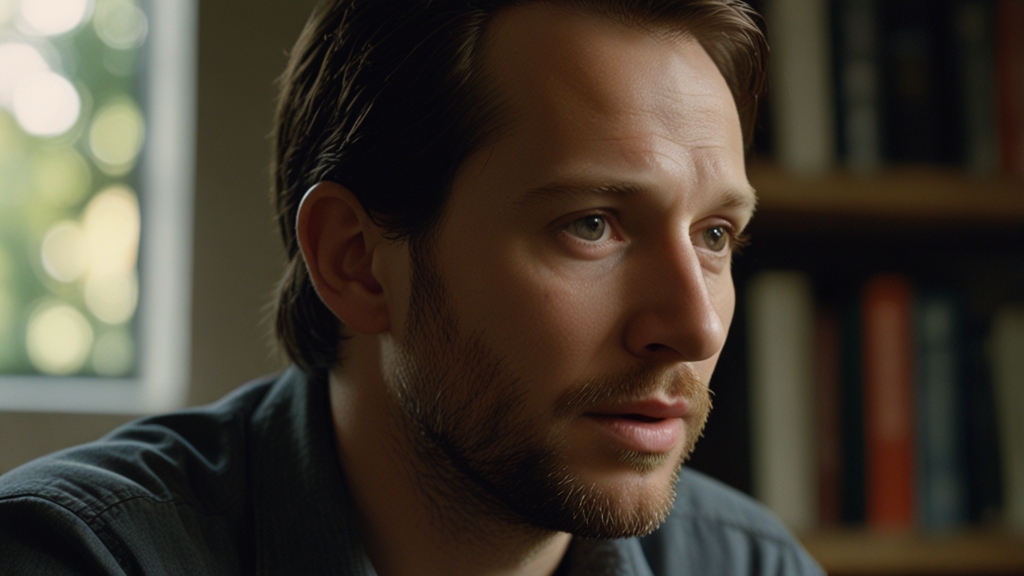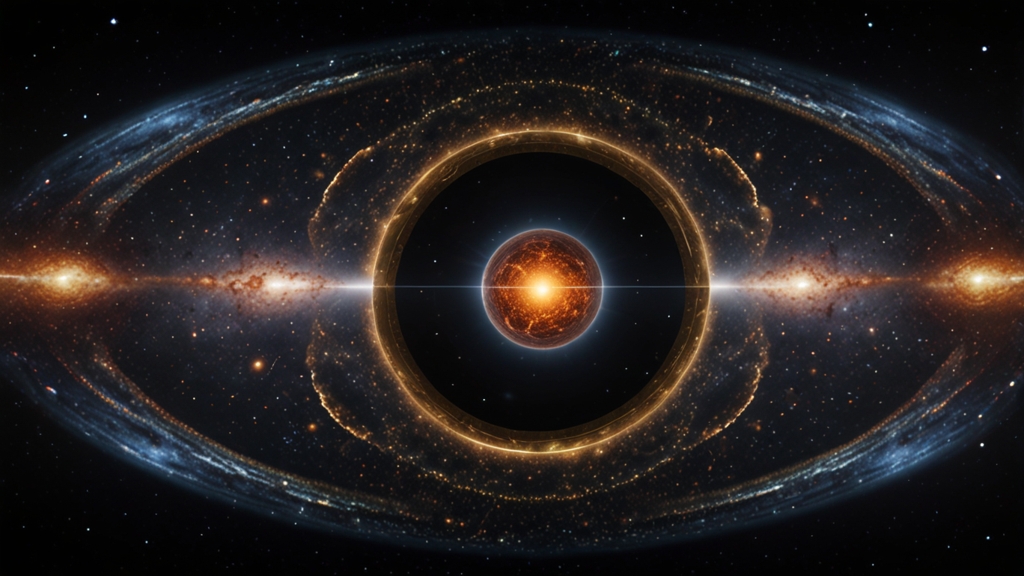Mysteries of the Sphinx: New Discoveries that Challenge History
The Great Sphinx of Giza has captivated the human imagination for millennia. As one of the world's most enigmatic monuments, its origins, construction, and purpose have long been subjects of intense debate. Recent discoveries, however, are beginning to shed new light on this ancient wonder, challenging much of what we thought we knew and opening the door to ever more intriguing questions.
The Traditional Understanding
For years, the prevailing theory held that the Sphinx was constructed around 2500 B.C. during the reign of the Pharaoh Khafre. This assumption is based on the proximity of the Sphinx to Khafre’s pyramid and the similarity between the Sphinx's face and statues of Khafre. However, despite these correlations, no definitive inscriptions or records have linked the Sphinx to Khafre incontrovertibly.
"The idea that the Sphinx was an isolated construction project during Khafre's reign is becoming increasingly unlikely. Recent evidence suggests a much earlier origin, potentially rewriting our understanding of Egyptian history." - Dr. Sarah Papyrus, Archaeologist.
Geological Evidence
One of the most compelling arguments for an earlier Sphinx stems from geological studies. Research conducted in the 1990s by geologist Robert Schoch revealed that the Sphinx shows signs of water erosion. This type of erosion, characterized by deep fissures and rounded edges, suggests prolonged exposure to heavy rainfall. Considering that Egypt's last period of significant rainfall ended around 9000 B.C., this finding implies that the Sphinx could be far older than traditionally believed.
Skeptics initially dismissed Schoch’s findings, arguing that the erosion could be attributed to other environmental factors. However, continuous studies, including those by Egyptologist Colin Reader, have echoed Schoch’s conclusions, lending increased credibility to the notion that the Sphinx predates the dynastic Egyptian civilization.
Advanced Engineering
Another point of modern intrigue revolves around the technical proficiency required to construct the Sphinx. The precision involved in carving such a massive limestone statue from a single rock bed, combined with its alignment with astronomical coordinates, speaks to a level of engineering sophistication that seems almost out of place for the era traditionally assigned to it.
"The alignment of the Sphinx with the constellation Leo suggests not just advanced engineering, but also profound astronomical knowledge. If the Sphinx aligns with the vernal equinox sun as Leo, this positions its creation around 10,500 B.C. - a radical departure from conventional dating." - Dr. Alan Orion, Astroarchaeologist.
Cultural and Symbolic Implications
If indeed the Sphinx is much older than previously thought, what might this mean for our understanding of ancient Egyptian civilization? The Sphinx’s purpose could extend beyond serving as a mere pharaonic monument. Some theories propose that it might have been a central figure in a much older, yet undiscovered civilization. Others speculate that its construction was symbolic, representing a blending of human and lion attributes that held specific spiritual significance.
The Sphinx remains a symbol of enduring mystery, standing as a silent testament to humanity's ancient past. As new discoveries continue to emerge, we may find that our journey to understand the Sphinx is just beginning. Each revelation not only enriches our historical knowledge but also challenges us to reconsider the ingenuity and wisdom of our ancestors.
Conclusion
The Great Sphinx of Giza continues to defy our understanding, offering tantalizing clues that hint at a more ancient origin. With each new discovery, the story of the Sphinx grows more complex, inviting us to rethink our historical timelines and cultural assumptions. Whether through geological analysis, astronomical alignments, or advanced engineering studies, the Sphinx calls us to explore deeper, question more profoundly, and embrace the mysteries that our past still holds.
"The Sphinx not only guards the ancient pyramids but also the secrets of our civilization’s distant past. Unearthing its mysteries might unveil the chapters of history we have yet to read." - Dr. Emily Scriptum, Historian.









